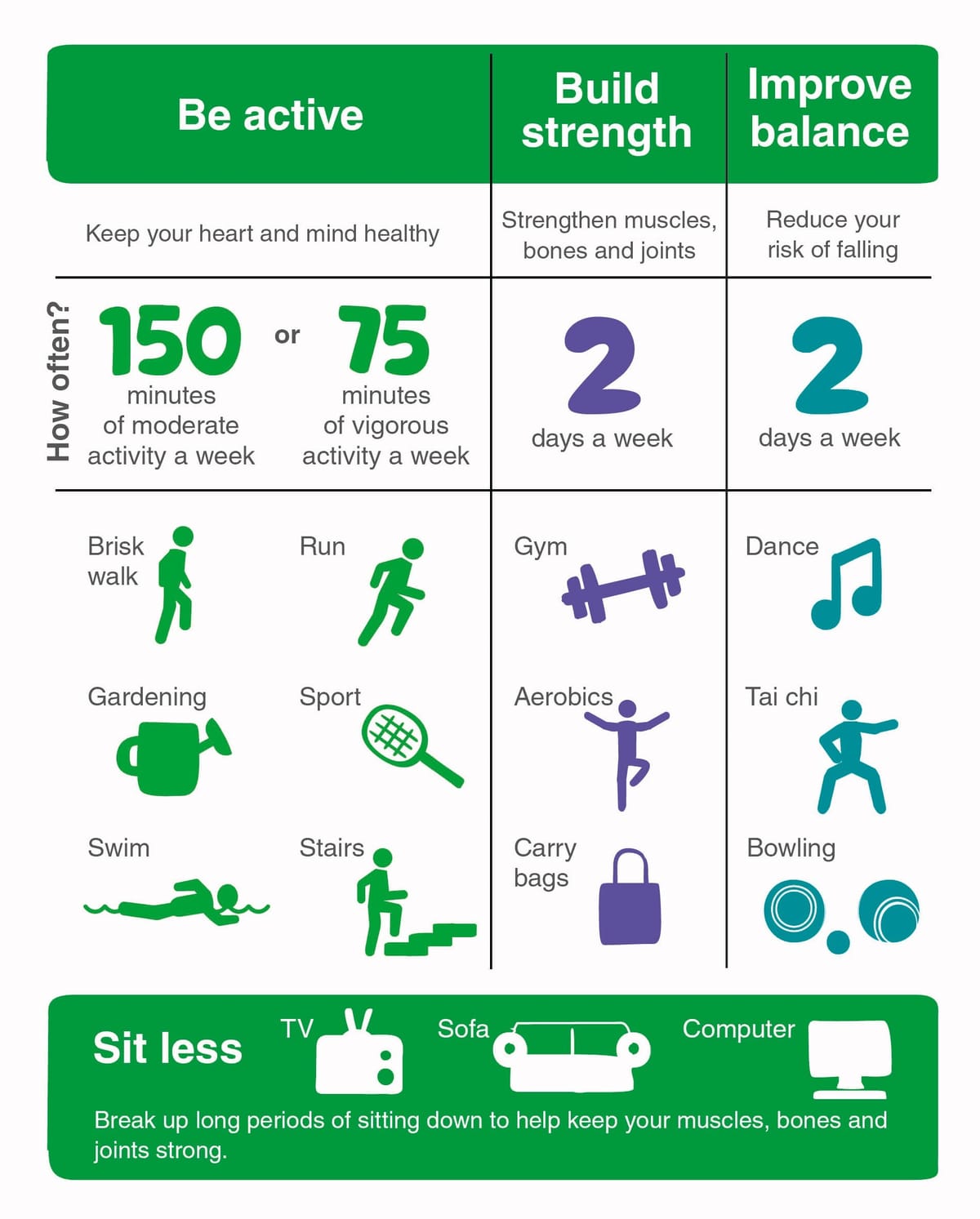How much exercise should I be doing?
National exercise recommendations are a guideline – start low and slow, and build gradually

For people living with prostate cancer, exercise can play a powerful role in improving health, managing side effects and enhancing quality of life. However, there isn’t a single prescription that suits everyone – the right amount and type of exercise depends on your current fitness level, treatment stage and any other medical conditions you may have.
In general, national guidelines recommend aiming for at least 150 minutes of moderate-intensity exercise per week, such as brisk walking, cycling, or swimming, along with two sessions of resistance training (also called strength training) to help maintain muscle and bone strength. But these are guidelines, not strict rules.
If you’re new to exercise or haven’t been active for a while, begin slowly. Even short bouts of 5–10 minutes can be beneficial. Gradually build up as your stamina improves. Those who already exercise regularly may safely continue or increase their activity.
It’s important to individualise your exercise plan. Fatigue, urinary symptoms, or treatment-related changes in muscle and bone health can all influence what feels right for you in a particular week. Start slow and low, and build in small increments each week if you feel that what you are doing is well within your capabilities. There may be some weeks when you need to reduce what you are doing, which is absolutely fine. With exercise, the goal is to place enough stress on the body to stimulate positive adaptation and growth, but not so much that it leads to injury or interferes with future training or quality of life.
Above all, the key is consistency – find an activity you enjoy and can sustain. Regular movement, at a level that’s right for you, can make a real difference in recovery, resilience and wellbeing.
